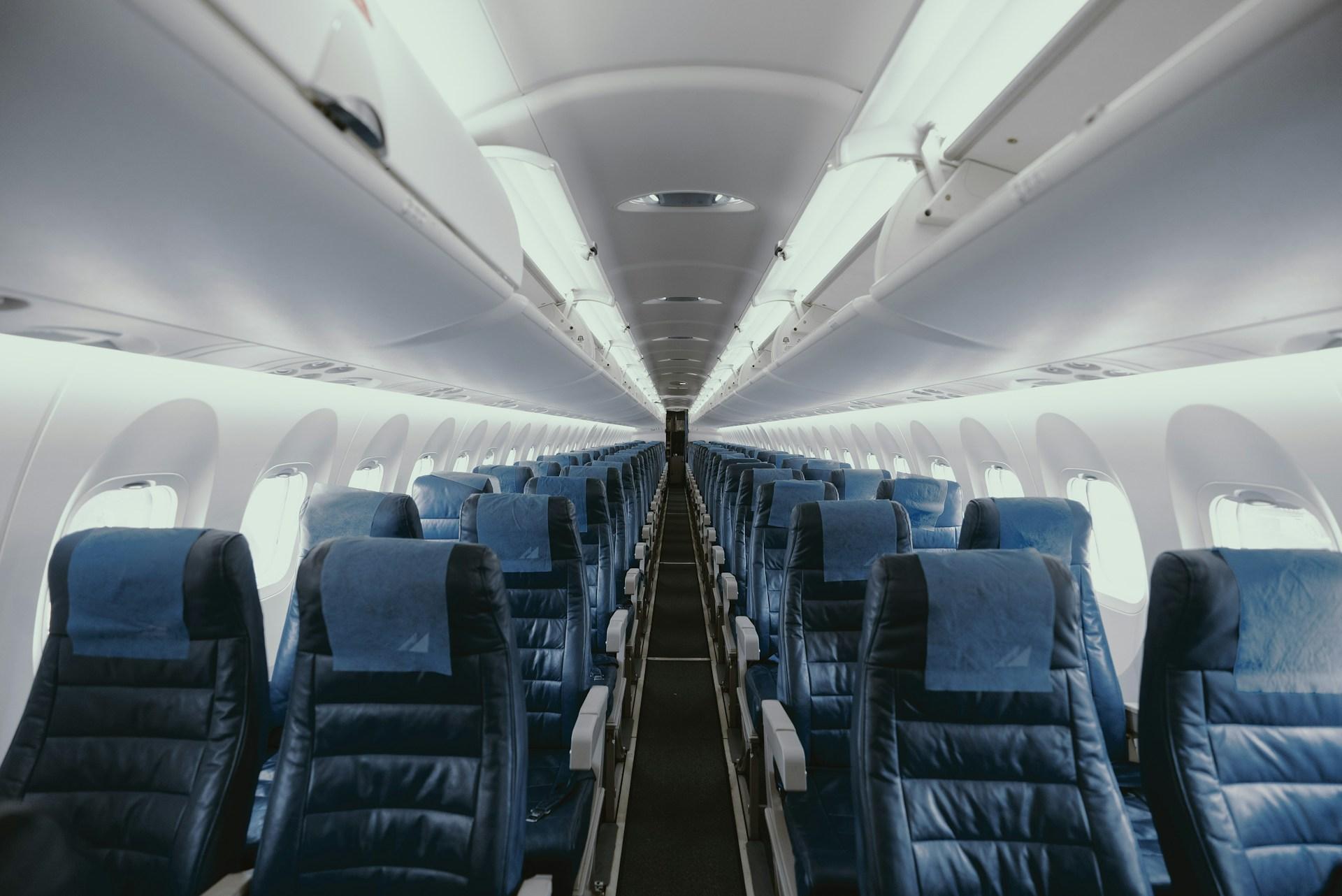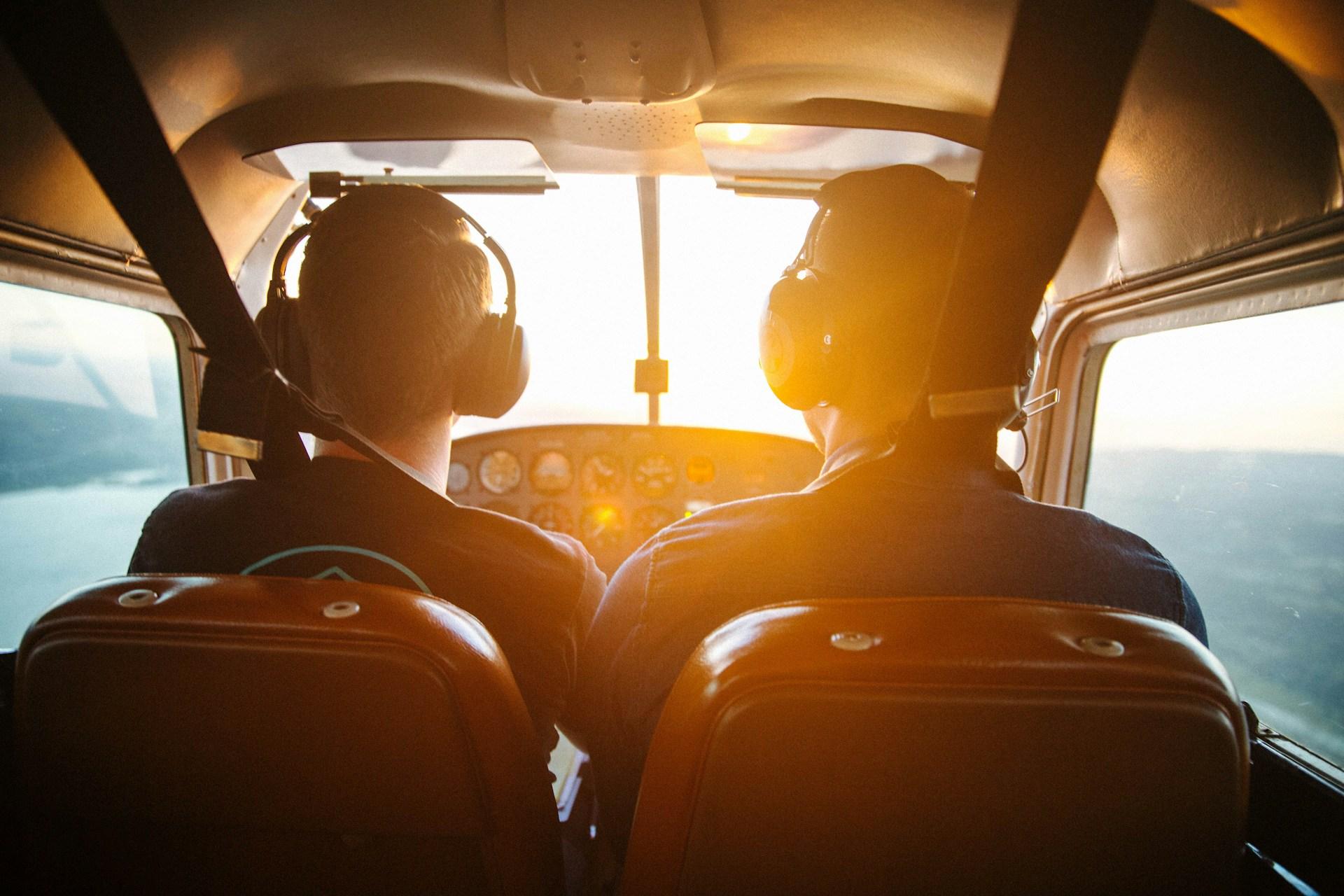If you have travelled by air before, you have most probably experienced ear discomfort. This is a common issue many passengers face due to the rapid changes in air pressure during takeoff and landing.
Ear discomfort can range from mild pressure to sharp pain, making your flight uncomfortable and sometimes even distressing.
Luckily, there are several ways to protect your ears and minimise this discomfort during a flight. Check them out below.

Ear discomfort during a flight does not discriminate. Whether you are a first-class passenger or you are flying coach, you are still likely to experience these effects.
However, some seats may provide more comfort. For example, avoid choosing the seats at the back, as there is more noise due to the engines' and propellers' loud noise. Window seats may also have more noise because of outside air currents and proximity to propellers.
Instead, go for seats between the middle and top of the aeroplane (in front of the wings) or anywhere along the aisle. These have less noise, are more ear-friendly, and can help you relax throughout the flight.
Long exposure to loud sounds can harm your ears. Note that, while a noise exposure level of 70 dB or less is what's considered safe for your ears, take-off and landing sound at 105 dB and cruising sound at 85 dB.
This means using earplugs or noise-cancelling headphones is not just safe, but an important requirement. They can reduce the noise levels in the aeroplane and protect your hearing.
Noise-cancelling headphones work by using a microphone to detect noise and then creating sounds to cancel it out. This allows you to get clear audio from your movies, audiobooks, or music without the background noise.

Ear discomfort is most likely to occur during takeoff and landing when the plane is ascending or descending. Staying awake during these times is crucial because it allows you to actively manage your ear pressure.
When you are awake, you can perform simple actions such as yawning, swallowing, or performing the Valsalva maneuver, to help equalise the pressure in your ears.
To perform the Valsalva maneuver, gently blow while pinching your nostrils shut and keeping your mouth closed. This helps open the Eustachian tubes and equalise pressure.
Be careful not to blow too hard to avoid damaging your eardrums.
Yawning and swallowing also activate the muscles that open the Eustachian tubes, which can help equalise pressure too. Chewing gum, sucking on hard candy, or drinking water can encourage frequent swallowing.
Drink lots of water and fluids to keep you hydrated. This helps improve your general sense of well-being and alleviate some symptoms of airsickness. It also allows you to swallow more, which helps maintain the same air pressure inside your ears as outside of them.
Over-the-counter medications such as antihistamines or decongestants can help manage ear discomfort. It works by reducing swelling in the back of your nose at the Eustachian tube entrance, which increases your ear's capacity to equalise air pressure.
Always consult your doctor before using decongestants, especially if you have any health conditions.

If these methods don't work and you still experience severe symptoms such as ear pain, consult your physician. They may recommend specific treatments or interventions to help manage your symptoms and protect your ears during flights.


If you want the latest information on the best Hotel Executive Club Lounges, Hotel Kids Clubs and other travel information, be sure to sign up for our free newsletter full of tips and great travel ideas.